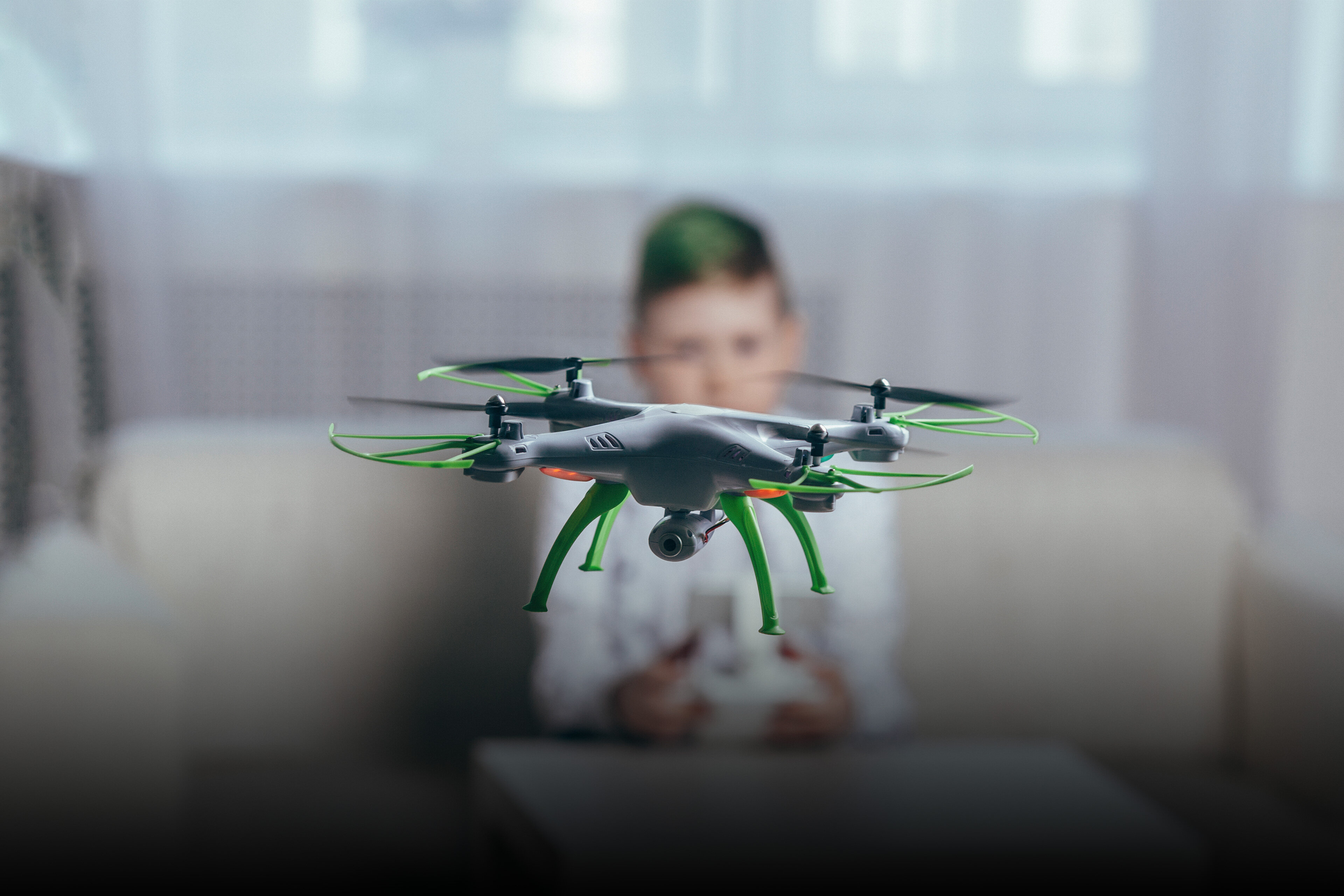The Top 3 Challenges Facing the Drone Industry
SOURCE: HTTPS://DRONELIFE.COM/
JUL 06, 2023

The Top 3 Challenges Facing the Drone Industry: Elsight and P3Tech’s 2023 Drone Market Survey
The drone industry has rapidly evolved, transforming a wide variety of sectors. Despite industry development, several challenges hinder the sector’s growth and potential. Elsight and P3Tech’s Drone Market Survey identified the top three challenges respondents named: regulations, costs, and communications.
#1: Regulations
The drone industry faces complex and evolving regulatory frameworks worldwide. Governments and aviation authorities are grappling with the need to strike a balance between fostering innovation and ensuring safety and privacy. Since drones were first legalized in the US for commercial use in 2016, the capabilities of the technologies have quickly outpaced the regulatory framework, so it comes as no surprise that almost 75% of survey responses listed “Regulators” as a barrier to widespread adoption of drone operations.
Regulatory bodies around the world have made progress on simplifying airspace access: but a rulemaking on flight beyond visual line of sight (BVLOS) remains elusive in the U.S. BVLOS flight is widely recognized as a necessary step to deploying industrial drones at scale, due to the additional use cases that BVLOS flight opens and the additional value that an increased radius of operation offers for existing use cases like drone delivery. Without a rule, stakeholders are still forced to engage in lengthy and complex processes for waivers and exceptions. “As BVLOS-enabling technology continues to mature and more organizations begin to successfully trial prototype platforms, the bottleneck of regulations laid down by the United States FAA (Federal Aviation Administration), EASA (European Union Aviation Safety Agency) and other lawmaking entities becomes even more of a frustration,” says the survey. “Crystallization of regulatory frameworks and streamlining of authorization processes must occur in the near future in order for businesses to scale and the industry to evolve further.”
#2 Cost Considerations
Cost is the second most commonly named challenge for the drone industry. Supply chain issues, chip shortages, and regulatory limitations for government customers have driven up the cost of hardware. Many specialized drones have entered the market: this hardware often carries sophisticated sensors – and a high price tag. In addition, the costs of engaging in regulatory activities like waivers and certifications can be prohibitive.
#3 Communications
Perhaps the most interesting answer under the “challenges” portion of the survey was communications (communications followed extremely closely behind costs, cited by almost 40% of respondents as a challenge to the drone industry.) Drones frequently interact with other aircraft, air traffic control systems, and various stakeholders on the ground. Reliable communication is necessary for real-time flight monitoring, command and control, and data transmission: communication systems are essential to ensure safety and efficiency, especially in advanced drone operations like BVLOS flight.
The drone industry faces undeniable challenges related to regulations, costs, and communications. As technology evolves and stakeholders focus on getting over these hurdles, however, the 2023 Drone Market Survey indicates that there is good evidence for optimism and investment. See the full paper for insights on the most common current business models, use cases, target markets, and more.
Miriam McNabb is the Editor-in-Chief of DRONELIFE and CEO of JobForDrones, a professional drone services marketplace, and a fascinated observer of the emerging drone industry and the regulatory environment for drones. Miriam has penned over 3,000 articles focused on the commercial drone space and is an international speaker and recognized figure in the industry. Miriam has a degree from the University of Chicago and over 20 years of experience in high tech sales and marketing for new technologies.
LATEST NEWS
WHAT'S TRENDING


Data Science
5 Imaginative Data Science Projects That Can Make Your Portfolio Stand Out
OCT 05, 2022

Coventry University expert explains what Amazon drone deliveries means for jobs and the price of a package
SOURCE: HTTPS://WWW.COVENTRYTELEGRAPH.NET/
NOV 02, 2023
This New Autonomous Drone for Cops Can Track You in the Dark
SOURCE: HTTPS://WWW.WIRED.COM/
SEP 26, 2023
Tamil Nadu government approves farm mechanisation subsidy for Garuda Aerospace drones
SOURCE: HTTPS://AGRICULTUREPOST.COM/
SEP 25, 2023
The Future Of Biomedical Transport: Drones At The Service Of Health
SOURCE: HTTPS://WWW.EMERGENCY-LIVE.COM/
AUG 25, 2023
Groundbreaking Drone Flights with Radiation Detection Pave the Way for Improved Safety on Nuclear Sites
SOURCE: HTTPS://DRONELIFE.COM/
AUG 11, 2023
Drone with sticky patches studies biodiversity by bumping into trees
SOURCE: HTTPS://WWW.NEWSCIENTIST.COM/
JUL 13, 2023
Drink cup lids inspire a system that could keep drones flying safely
SOURCE: NEWATLAS.COM
OCT 27, 2022





